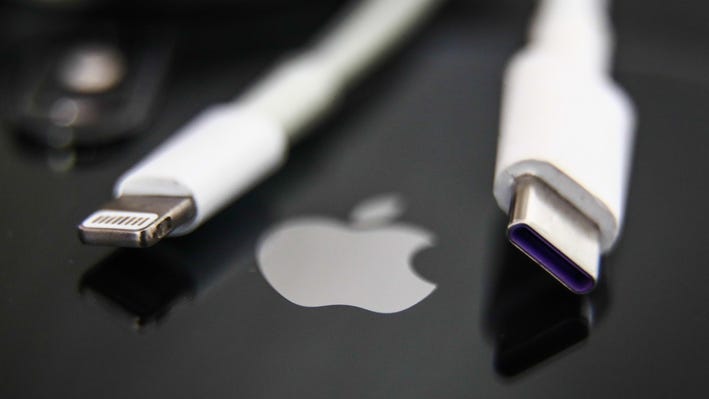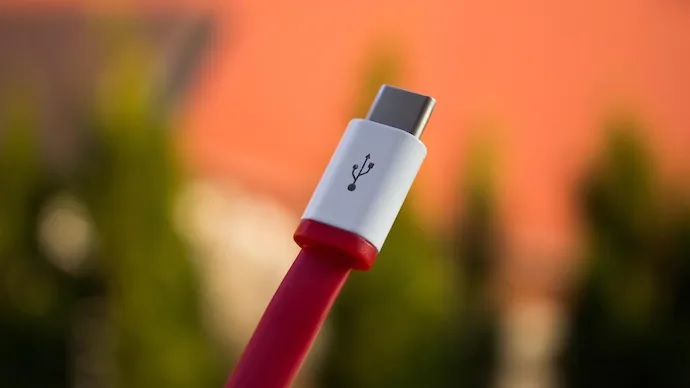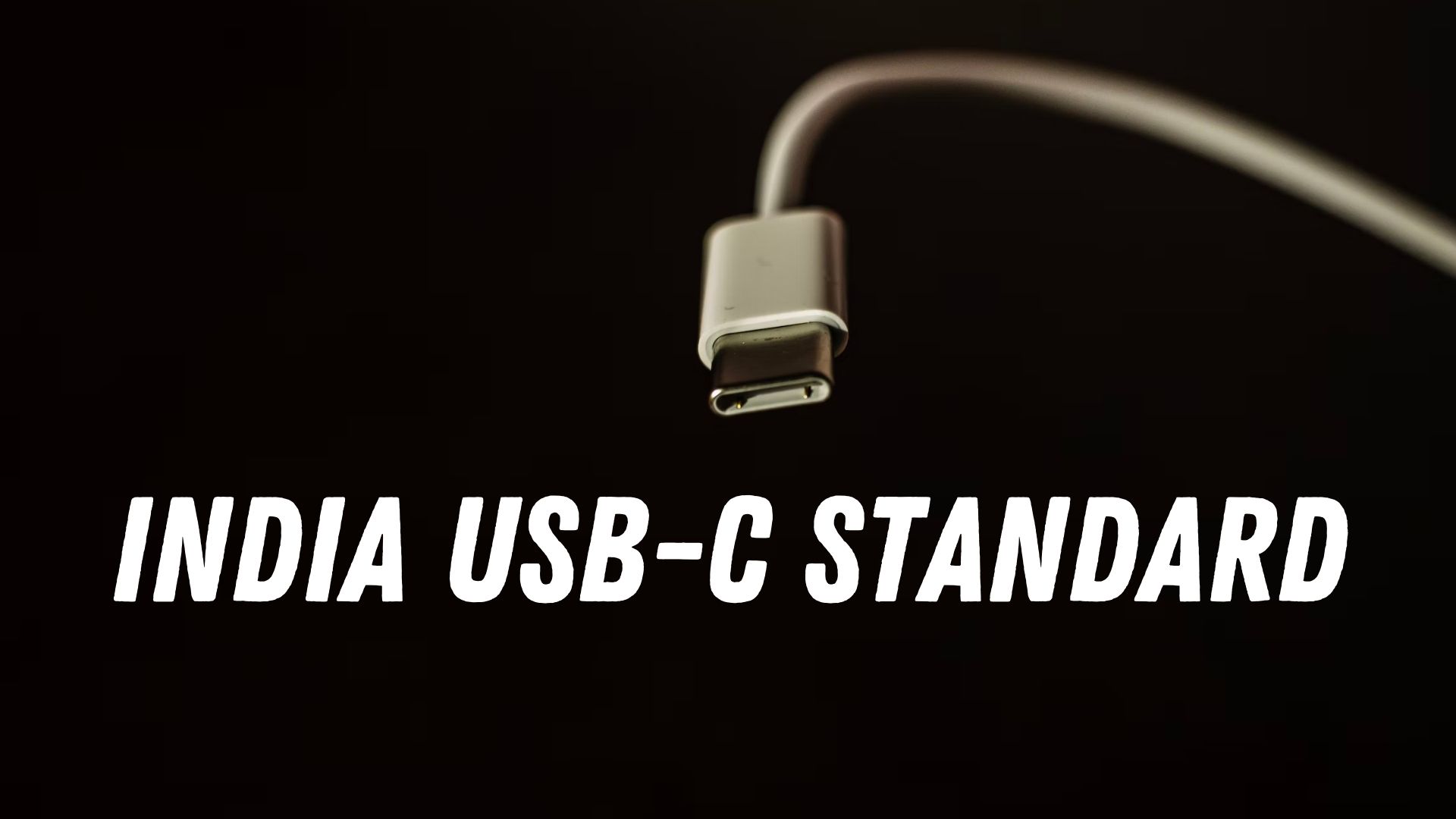The tech world was shaken for good when the European Union (EU) mandated Apple to switch to USB-C ports on its iPhones by mid-2024. Irrespective of how Apple took it, the move was a step towards managing e-waste.
Turns out India could join the wagon soon as it is gearing up to switch to Type-C ports on not just iPhones but the entire smart devices sector. The proposed legislation includes smartphones, tablets, laptops, and beyond. We did a bit of digging to find out what’s happening and how it will influence India in the long run. Read along to know more.
India’s Major Switch to USB-C to Tackle E-Waste
After the EU mandated Apple to introduce uniform USB-C ports on its iPhones starting mid-2024, Apple is considering doing the same. The catch is, it’s not just iPhones but every smartphone in general. The list includes tablets, laptops and even wearable and smartwatches are considered. There are also some whispers around feature phones upgrading to USB-C as the sole charging port onboard.

The proposed legislation was put forth at the Inter-MInisterial Task Force where standardizing USB Type-C as the sole charging port across all electronic devices was discovered at large.
EU is enforcing a similar law majorly targeting Apple. When it comes to India’s take on the matter, it includes all the smart devices makers especially Apple which has been a source of e-waste since it is the sole brand that has been using a different charging port (lighting port) since 2012 whereas almost every Android maker has moved to either microUSB or USB-C.
The lightning port is proprietary to Apple which means charging a premium on branded charging adapters and cables. It is slower in terms of data speeds compared to USB 3.1 and USB 4.0 which works on Type-C standards.
It goes without saying, with increasing user cases on smartphones and demand for higher data exchanges, lightning ports will certainly fall short. For those who might ask, I mentioned the exchange or transfer of data on a port that is used for charging, well, the answer is very simple. Your phone’s port is not just for charging the battery but you can connect it to the PC to transfer files. It’s a no-brainer, isn’t it?

Circling back to what India is thinking about, e-waste is a major concern. According to a research paper titled “Electronic Waste Management in India” by ASSOCHAM-EY, India generates 5 million tonnes of e-waste. The figures put India just behind China and the US and this isn’t something India is proud to brag about.
With the EU mandate in place, there’s a concern that smart device makers in the EU will dump all those obsolete devices in India adding to the already complex nature of e-waste. Again, when I say ‘dumping of devices, it is a reference to how companies sell their products in one country when restricted or rejected (or otherwise) from a different country
It becomes important for India to mitigate the intricate issue of e-waste. A step towards mitigating the same is the likely standardization of USB-C ports in India across all electronic devices although I am quite sure there are many surface and sub-surface level complexities that the Government of India will have to tackle before going through with it.
As per the timeline is concerned, EU plans to initiate the use of uniform charging port on all phones by 2024 whereas laptops are required to adhere to the same by 2026. In India, the proposal is its early stage and we could see it going under effect from 2024.
